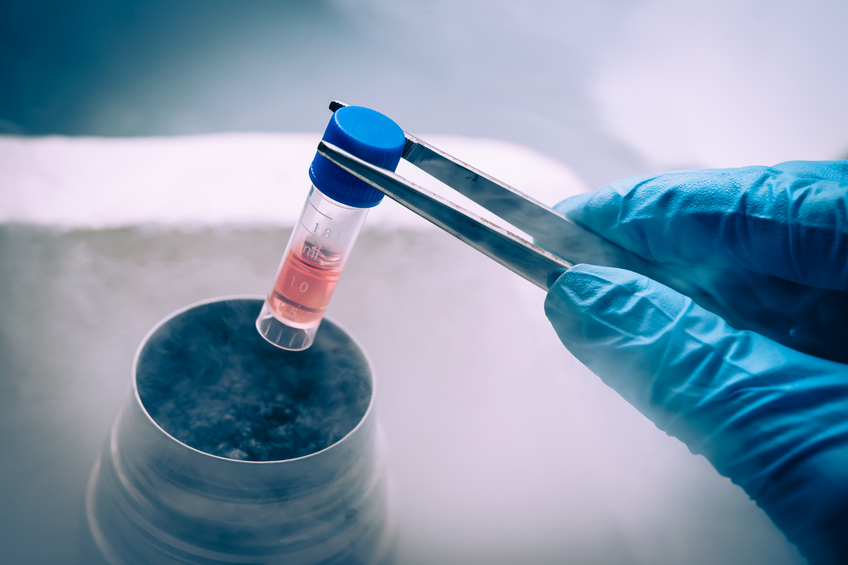Cryopreservation

Drosophila melanogaster is widely used in the biomedical research community to study development, model human diseases and undertake high-throughput drug discovery. However, reliable and cost-effective approaches for long-term preservation of Drosophila stocks are lacking.
To address this gap, the Office of Research Infrastructure Programs in the Division of Program Coordination, Planning and Strategic Initiatives and the National Institute of Neurological Diseases and Stroke co-sponsored a workshop titled “Cryopreservation of Drosophila Strains” in Orlando, Florida on July 13, 2016. The objective of this workshop was to evaluate the potential and practicality of developing efficient preservation methods for long-term storage of Drosophila stocks.
Among the 40 participants, which included 12 speakers, were fly experts, stock center personnel and cryobiologists from universities and government agencies of the United States, Canada, Europe and Japan, including the NIH and USDA.
The workshop was divided into three sessions with presentations followed by discussion. In Session 1, two keynote speakers discussed the current status and challenges of Drosophila cryopreservation and laid out several potential strategies for long-term preservation of Drosophila strains. Session 2 focused on emerging and novel technologies potentially applicable to cryopreservation of Drosophila strains. This session was further divided into three panels. In Panel 1, three talks focused on genetic and dietary approaches. The speakers discussed what can be learned from insects in nature to improve freeze tolerance and temperature sensitivity in order to model and optimize cryopreservation and extend cold-storage in Drosophila. Panel 2 focused on cryopreservation via sperm, embryos and larvae. Speakers discussed in vitro fertilization protocols with cryopreserved sperm, cryopreservation protocols of mouse and fish ovaries applicable to Drosophila cryopreservation, and approaches to cryopreserve larvae. Panel 3 concerned robotics and instrument development in vertebrates, humans and insects potentially of interest for optimizing cryopreservation protocols in Drosophila. Speakers discussed techniques to anhydrously preserve vertebrate germinal vesicles, vitrification methods in human infertility treatment that overcome chilling sensitivity, microfluidics methods that could optimize high-throughput cryopreservation protocols, and the development of effective and economic automation methods for cryopreservation of insect embryos. The last session, Session 3, was reserved for open discussion and recommendations. Participants discussed the potential value of long-term stock preservation, protocol standardization, strategies better suited for strain preservation in labs rather than stock centers, improvement of existing storage methods, and development of novel approaches. Finally, participants made a number of recommendations to the NIH that delineated research priorities for long-term preservation of Drosophila strains through multidisciplinary approaches.



